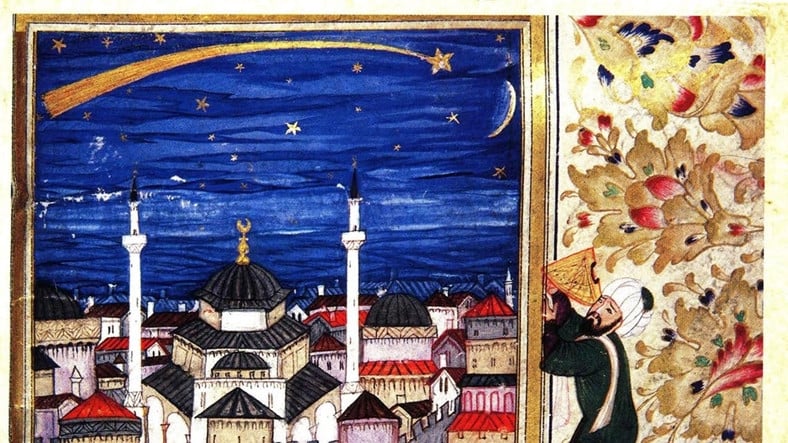It is the first observatory in Ottoman history and is of great importance in the history of Turkish science. Taki al-Din’s Observatory(Dar-ü’r Rasad-ül Cedid) was founded in 1575 by the Ottoman scholar Takiyüddin on the Tophane Ridges in Istanbul, around present-day Beyoğlu or Galata.
Valuable intellectuals worked in this observatory, which made an important contribution to science, but some because of science The works were blocked and this observatory was destroyed by shelling.
Takiyüddin, who held an important place among the scientists who contributed to the Ottoman Empire, was the last great representative of classical Islamic astronomy.
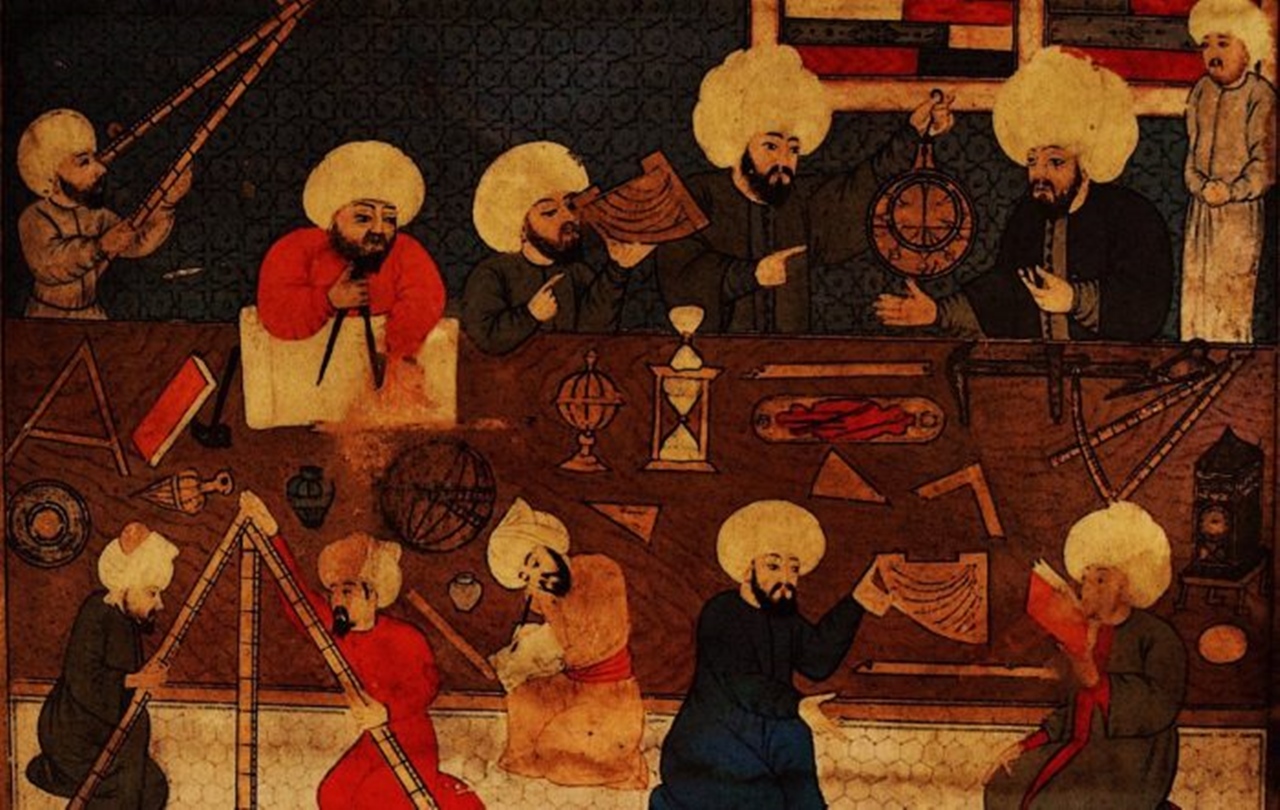
Takiyuddin and his team
Takiyüddin, who lived between 1521 and 1585; He was an astronomer, engineer, mathematician and mechanical scientist. He was considered “hezarfen” because he was a person with vast knowledge in many different disciplines. (One of the most famous hezarfens is Leonardo da Vinci, so the importance of Takiyüddin will be better understood.)
Takiyüddin, of Turkish descent, received his primary education from his father, one of Egypt’s prominent scholars. A good education in Damascus and Egypt furthered his scientific personality. When his family migrated to Istanbul in the 1550s, he continued his education here. He completed his training with good teachers in important cities of the time, such as Egypt, Damascus and Istanbul. astronomer of his time it happened.
He founded a team in Istanbul in 1570 and did his studies and observations in the Galata Tower before the only Ottoman observatory was established in 1574.
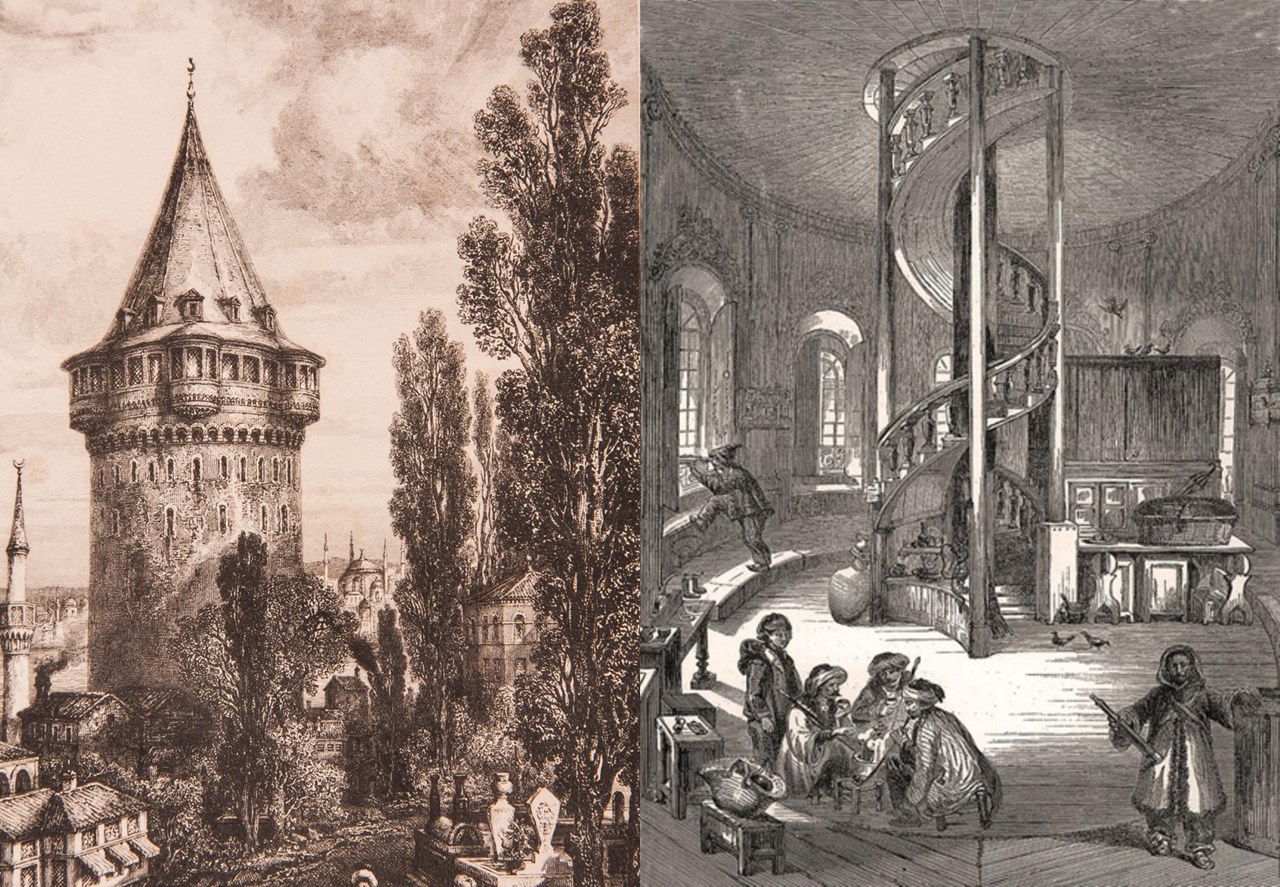
Exterior and interior sketches of Galata Tower
At his observatory he developed a new method for calculating solar parameters. He used Venus, two stars, Aldebaran and Spica Virginis, instead of the moon, to determine the latitude and longitude of the fixed stars.
takiyuddin, trigonometry He is also known for doing important work in his field. He gave the definitions of sine, cosine, tangent and cotangent, presented their proofs and prepared their tables. He was the first mathematician to determine the exact value of sin 1.
Takiyüddin and his team calculated the peak of the sun, which is currently 61″, as 63″. most realistic results managed to give Copernicus’ calculations with 24″ and Tycho Brahe’s 45″ values prove how good Taki al-Din and his team are.
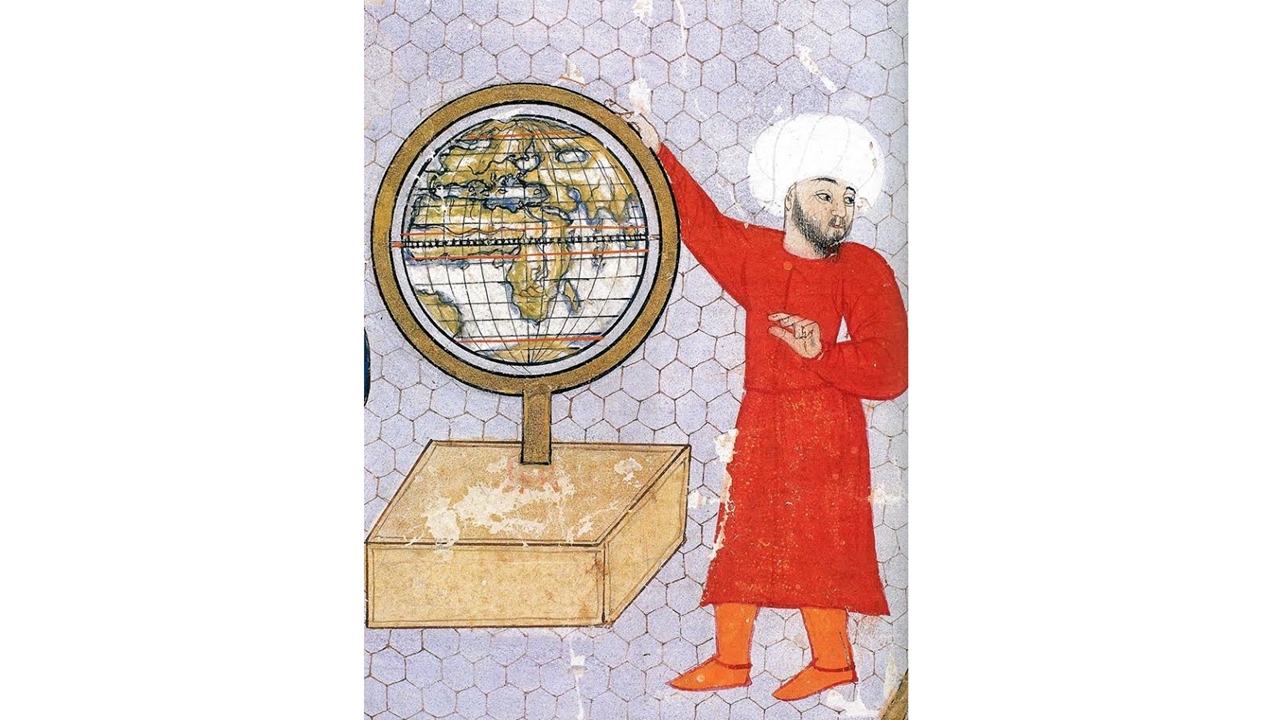
One of the Ottoman astronomers working on the Earth model in the observatory
By finding the angle of 23° 27 between the ecliptic and the equator as 23° 28′ 40″ with a difference of 1 minute and 40 seconds, he calculated the closest and most accurate degree of reality on that date for the first time on that date.
Moreover; They made observations of the moon, sun and planets, and made latitude tables for the planets Saturn, Venus and Mercury. They drew conclusions and explained the irregularities in the movements of the planets on a scale close to the current values.
The first to measure the time between meridians† It is none other than Taki al-Din who first revealed the birthplaces of the sun, moon and stars, and the methods of latitude, longitude and inclination.
They made various designs on pocket, wall, table and sundials; They developed a unique numbering system in arithmetic.
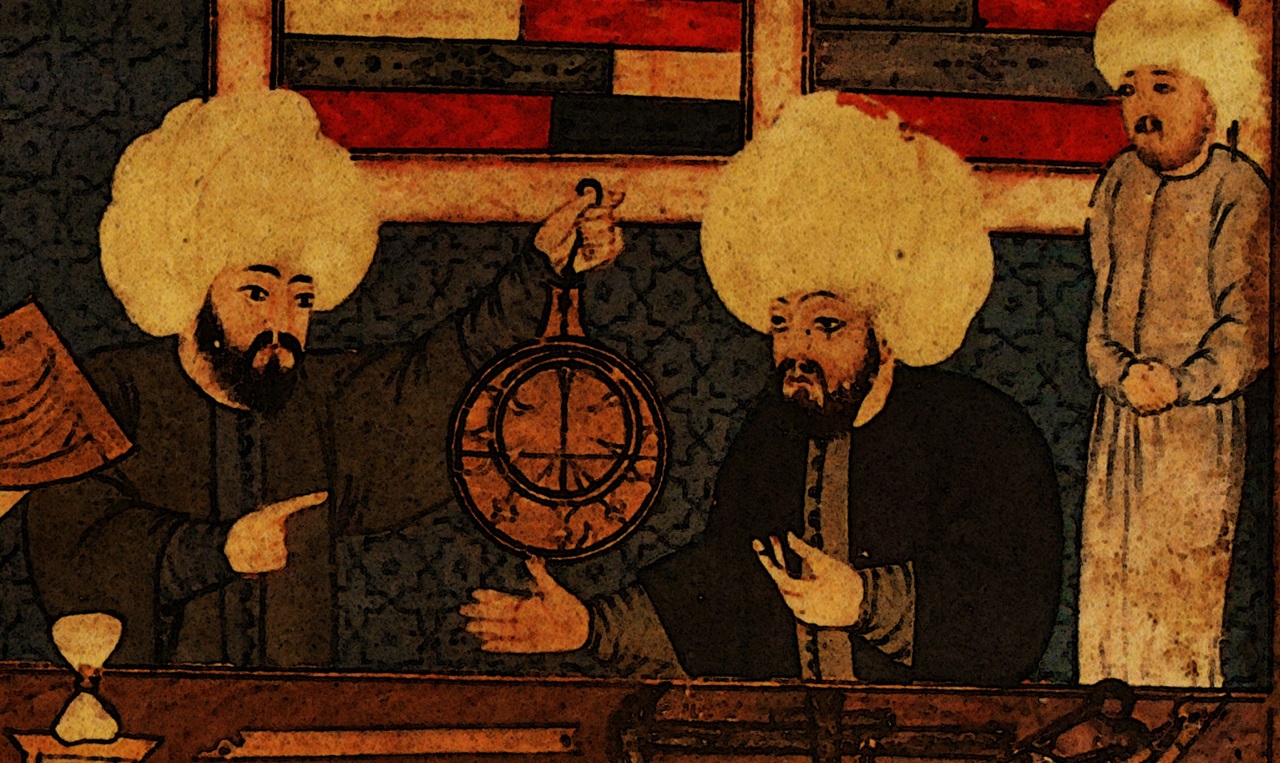
An image of Taki al-Din working with his assistant at the observatory he founded.
Instead of sexagesimal fractions decimal fractions They made astronomical rulers that can be used even today. They produced works on astronomy, mathematics, mechanics, optics and medicine.
When describing the spherical propagation of light in one of his books, Takiyüddin used an instrument he had made. “A crystal (lens) that can show things you can’t see because they’re far away.” He talks about what he did before it was known in the West. telescope It is believed to be a similar tool.
200 years before Isaac Newton, he made the first satisfactory statement that clearly states that colors are formed by the reflection and refraction of light.
Taqi al-Din also proved that steam produces mechanical power. The rudimentary steam engine he built was more powerful in the 17th century. Pioneer with the discovery of steam engines This led to the emergence of the modern steam turbine, which produces 80% of the world’s electrical energy.
Taki al-Din is the inventor of the mechanical alarm clock and the astronomical spring clock. He set up the astronomical clock he had invented in the observatory for his own observations.
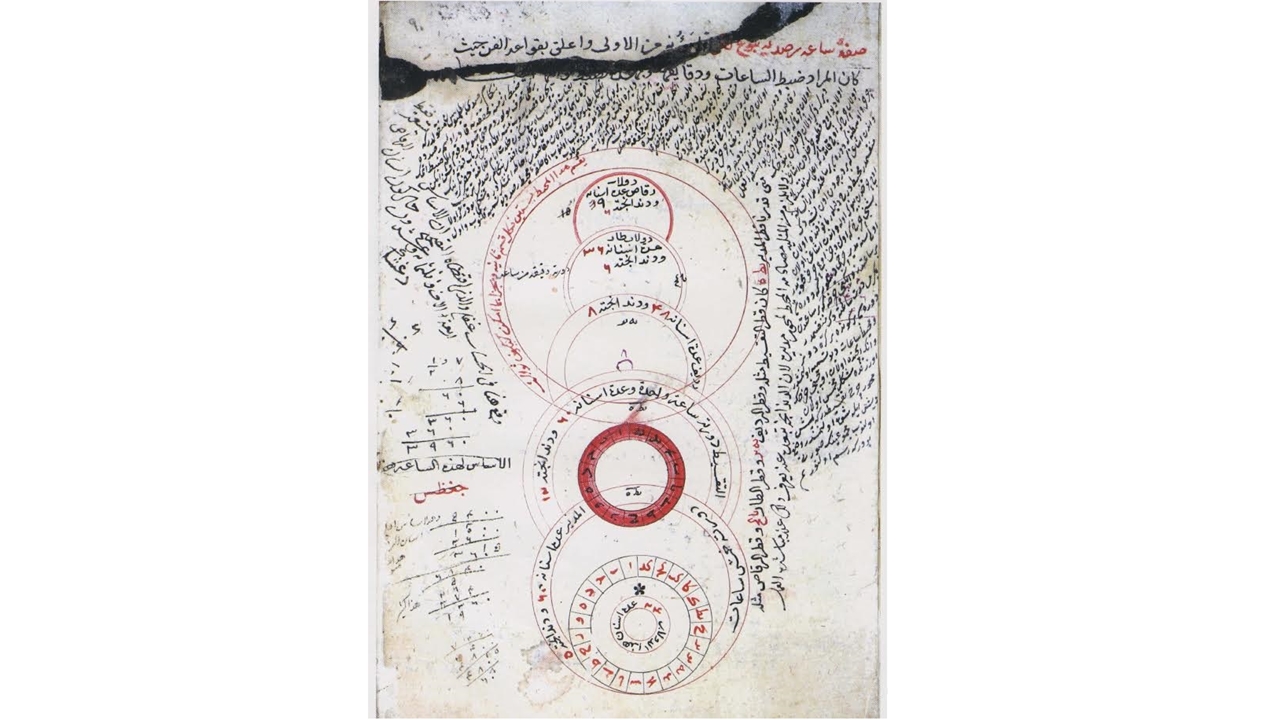
A short account of the astronomical clock written by Takiyüddin in 1580.
This watch was more accurate than any other watch in existence before and was used in the 16th century. one of the most important inventions in astronomy has been considered.
Then, in November 1577, a comet appeared in the sky. Takiyuddin noted that this comet, which he watched for 40 days, would be beneficial.
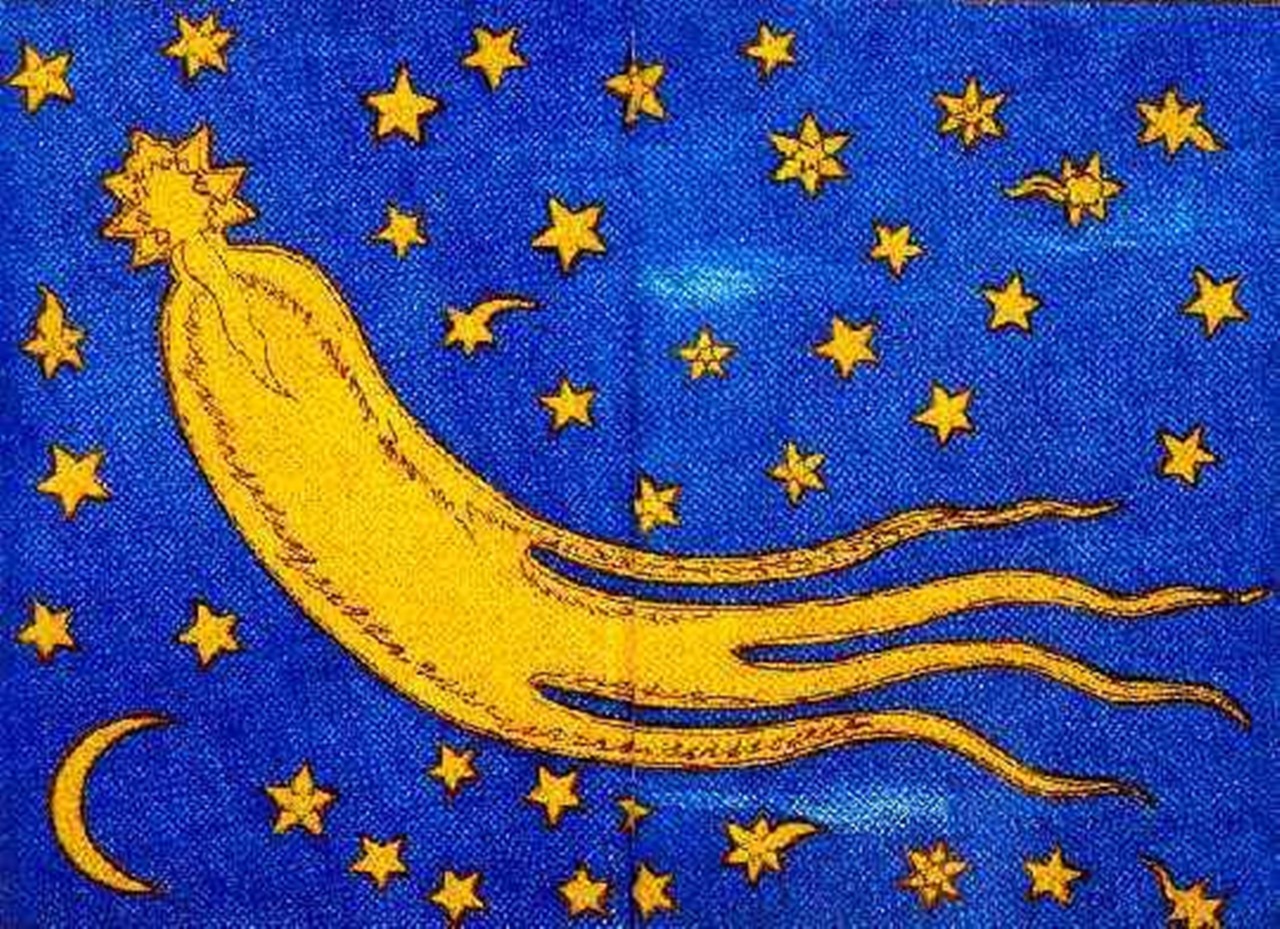
Image of the comet seen in the sky of Istanbul in 1577
After his observation, Takiyüddin said that the observation of the comet was Sultan III. for Murad it could be a good sign and he made the comment that he could overcome the Ottoman-Iranian war going on at the time.
After this remark, the desired result of the war did not come true, in addition, a plague epidemic arose and an earthquake occurred in Istanbul. The death of some important people has also been attributed to the transit of this comet.
It was suggested that the reason for these negative developments that followed one after the other was the observatory.
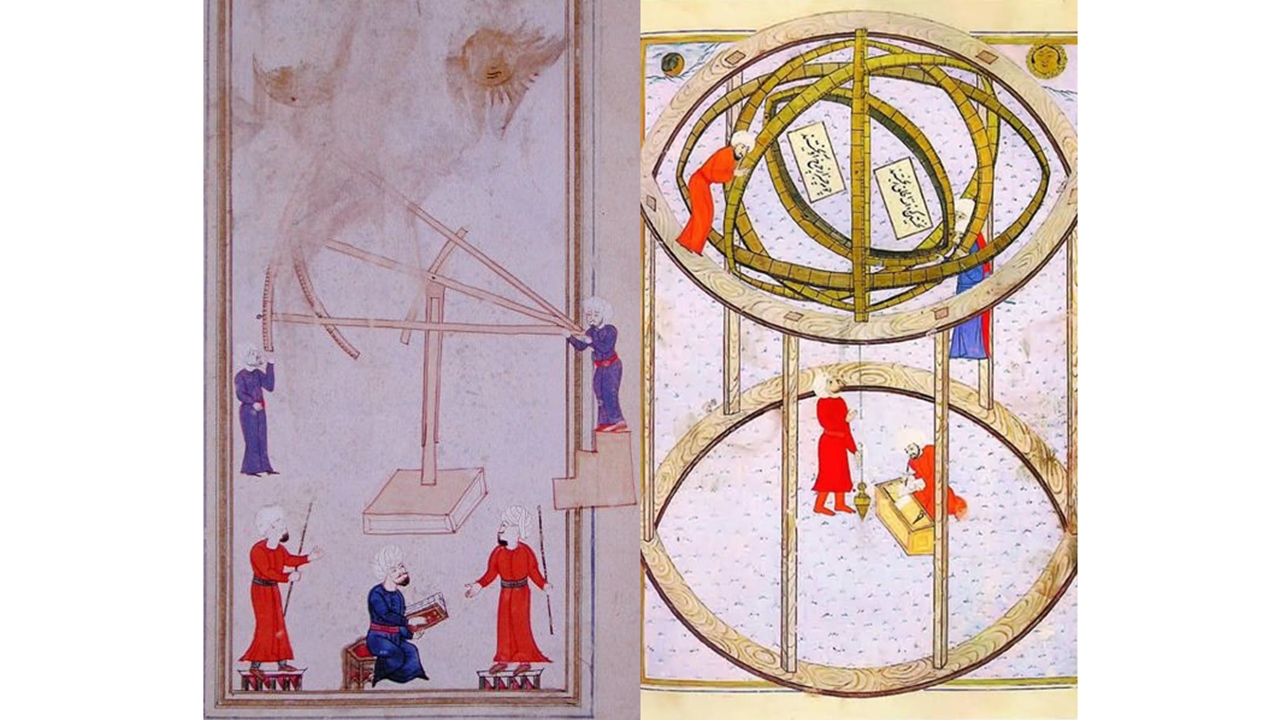
Image: Takiyüddin and his colleagues work at the observatory with the instrument Zatü’l-Halak (Halkalı sphere). Zatü’l-Halak is an optical navigation device used to measure the angular distance between a celestial body and the horizon plane to determine the latitude and longitude of the location.
Some reactionary sections “Looking Under the Skirts of Angels in the Observatory” spread such irrational thoughts to the public. Shaykh al-Islam of the period, III. to Murad “It is bad luck to see, observatories are leading the countries where they are located to disaster. The terrible consequences of a disrespectful attempt to illuminate the mystery of the sky are known to all. There is no country that can do this work by itself. so that it is not destroyed while it is flourishing, and the state organization is not destroyed.” He sent a fatwa with his statements.
Thereupon, on January 22, 1580, the order was given to demolish the observatory.
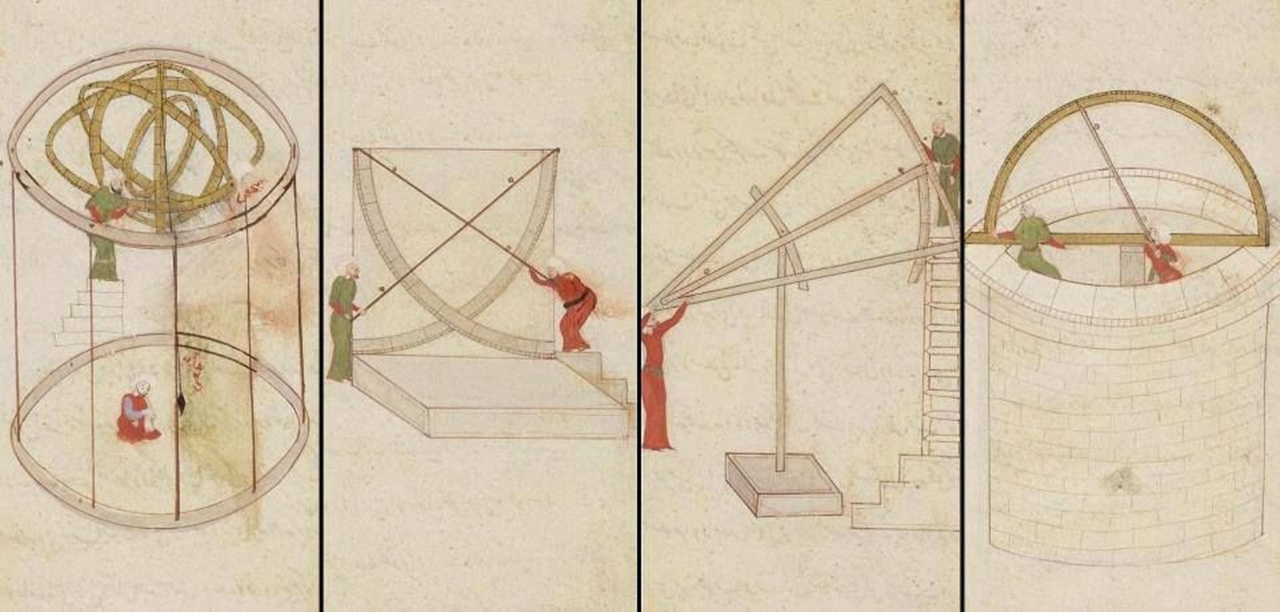
The strings of the instrument used to observe the height of the sun and stars were cut, and the building, It was destroyed along with the tools inside. Thus, the activities of the observatory came to an end.
The observatory, where Takiyuddin and his team performed miracles, provided many services to science even in just 5 years. Despite his short life It became an institution where the studies of classical Islamic astronomy advanced at a high level.
Taqi al-Din; He was deeply saddened by this destruction and the loss of his labor and died in 1585, 5 years after this event.
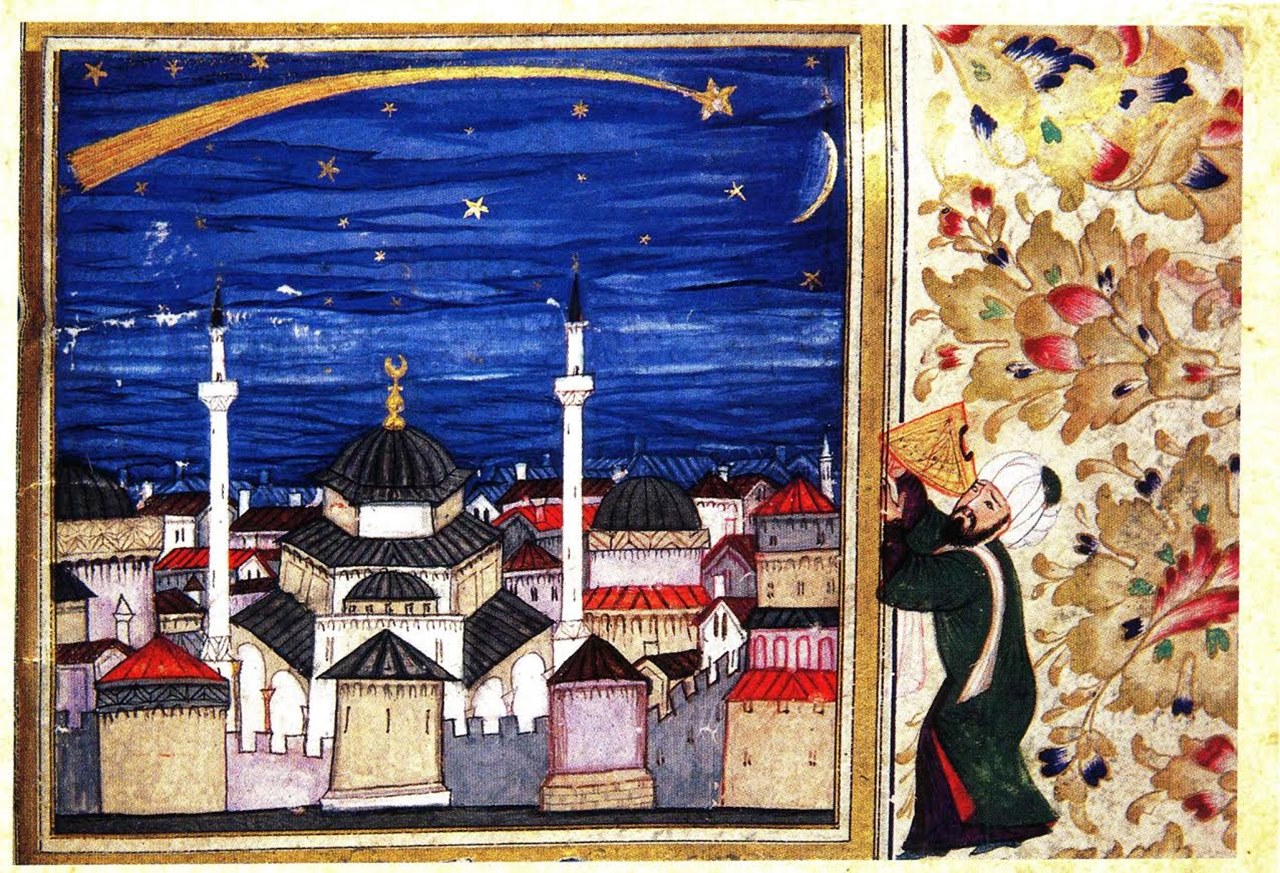
Comet and Takiyuddin seen from Istanbul in 1577
He was a madman like Leonardo da Vinci, but… “geography is destiny” the victim of the so-called disorder. At the same time, his rival Kepler, using the observations of his teacher Tycho Brahe, discovered the laws of planetary rotation known as Kepler’s laws. Given the chance, the world today would not know the name of Kepler, but the name of Takiyüddin and his team, who were way ahead of him at the time.
This valuable scientist, who produced a total of 1337 works, 841 in Turkish, 414 in Arabic and 102 in Persian, unfortunately fell victim to reactions. Today, some of Takiyüddin’s manuscripts belong to Boğaziçi University. Kandilli Observatory and the Earthquake Research Institute. Takiyüddin’s other works are on the shelves of several libraries.
Although a new observatory was established 300 years later, this time it fell victim to the March 31 uprising.
Sources: 1, 2, 3, 4, 5, 6, 7







